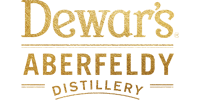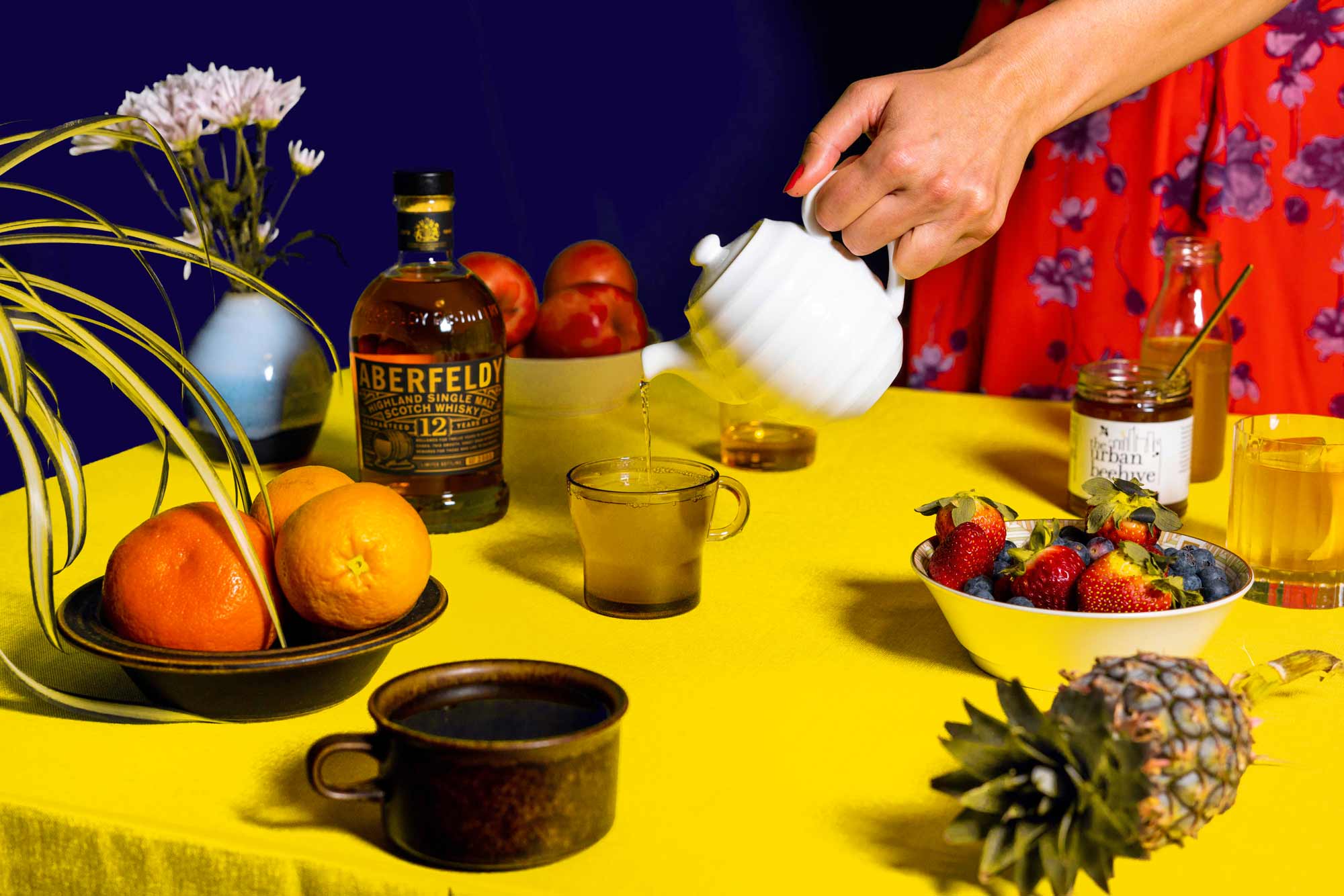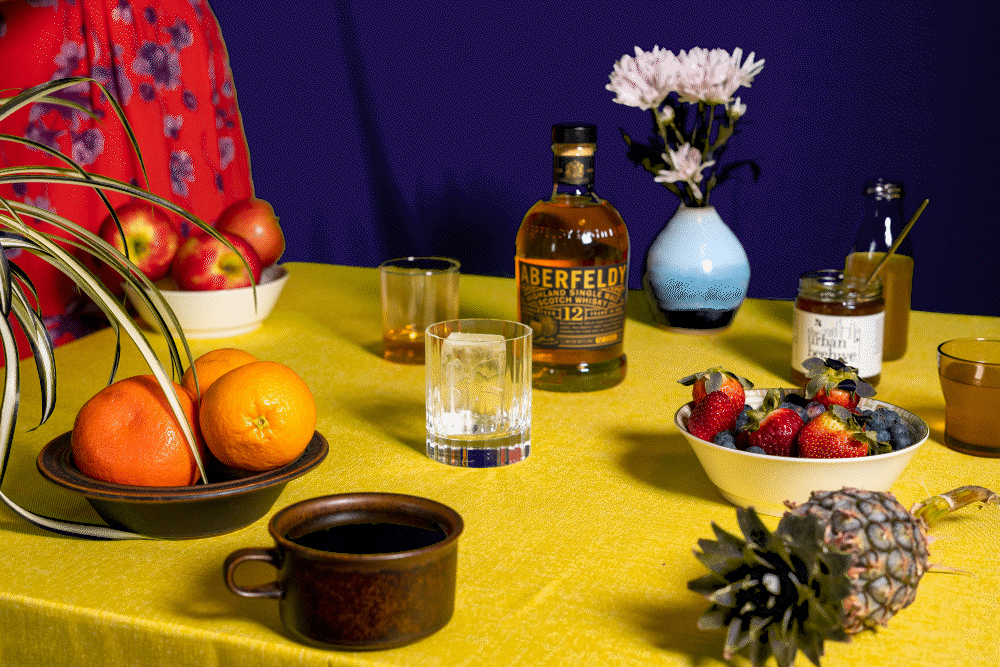Local Australian honey is unique; here's how to use it in drinks
Thanks to Australia's unique flora, our honeys are unlike any other — and a great addition to drinks.

When you hear someone talking about the nectar of the gods, you may be surprised to learn that they’re talking about honey. Historians think that ambrosia, the ancient Greek gods’ nectar of choice, was actually honey and it’s easy to understand why the gods were so fond of it.
Honey is delicious stuff. Sweet, rich, floral, aromatic — real, local honey isn’t just tasty, it tastes of where it's made. Honey has terroir.
And we mere mortals have been putting honey in drinks — and fermenting them — for millennia. One of the earliest finds of fermented alcoholic beverages dates back 9000 years or so in China, and honey was a part of that drink; in more recent history, after the invention of the cocktail and its spirit plus bitter plus sugar formulation, it was only a matter of time before enterprising bartenders were using honey in drinks.
In fact, although there’s no definitive story for the origin of the Hot Toddy — some say the drink was invented in Scotland, some say India — it has been kicking around since at least the 1700s (and before the birth of the cocktail). We’d wager that, long before it was given the name Hot Toddy, someone somewhere in Scotland thought to sweeten their whisky with honey and warm it up. It doesn’t take a musicological genius — sometimes cold weather necessitates invention.
Below, learn how honey is made, and how to use honey in drinks (complete with some delicious recipes).
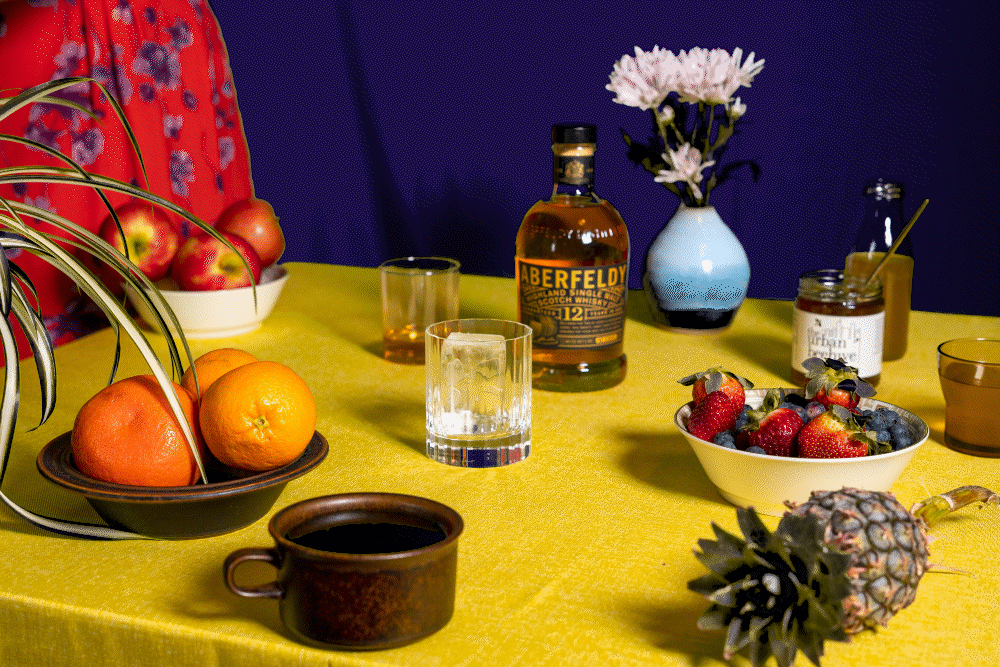
Gold
Fashioned
For this riff on the classic formulation we’re using Aberfeldy 12 single malt whisky — affectionately known as the Golden Dram, hence the name.
How is honey made?
Honey is made by honeybees. European honeybees and their hives were successfully introduced to Australia early on in its colonial days, in the 1820s.
Australia has its own native bees, some 2000-odd species according to the CSIRO. Although most honey produced makes use of the introduced European honeybee, some of Australia’s very own bees produce honey, too — just not in very big amounts, and it’s a lot harder to find commercially available.
Honey is made when bees get the food they need to survive: nectar, a sugary liquid that collects in the base of some flowers; and pollen, which collects on the anthers of the flower. The bee has two stomachs, essentially; one is a sac that stores nectar for honey, and another that draws on that nectar when the bee needs food. When the bee returns to the hive, that nectar is passed on — from one bee’s mouth to another — and stored in cells in the hive. Your average beehive will have around 40,000 or so bees, and it takes about 300 bees three weeks to make 450g of honey, according to The Australian Honey Bee Industry Council.
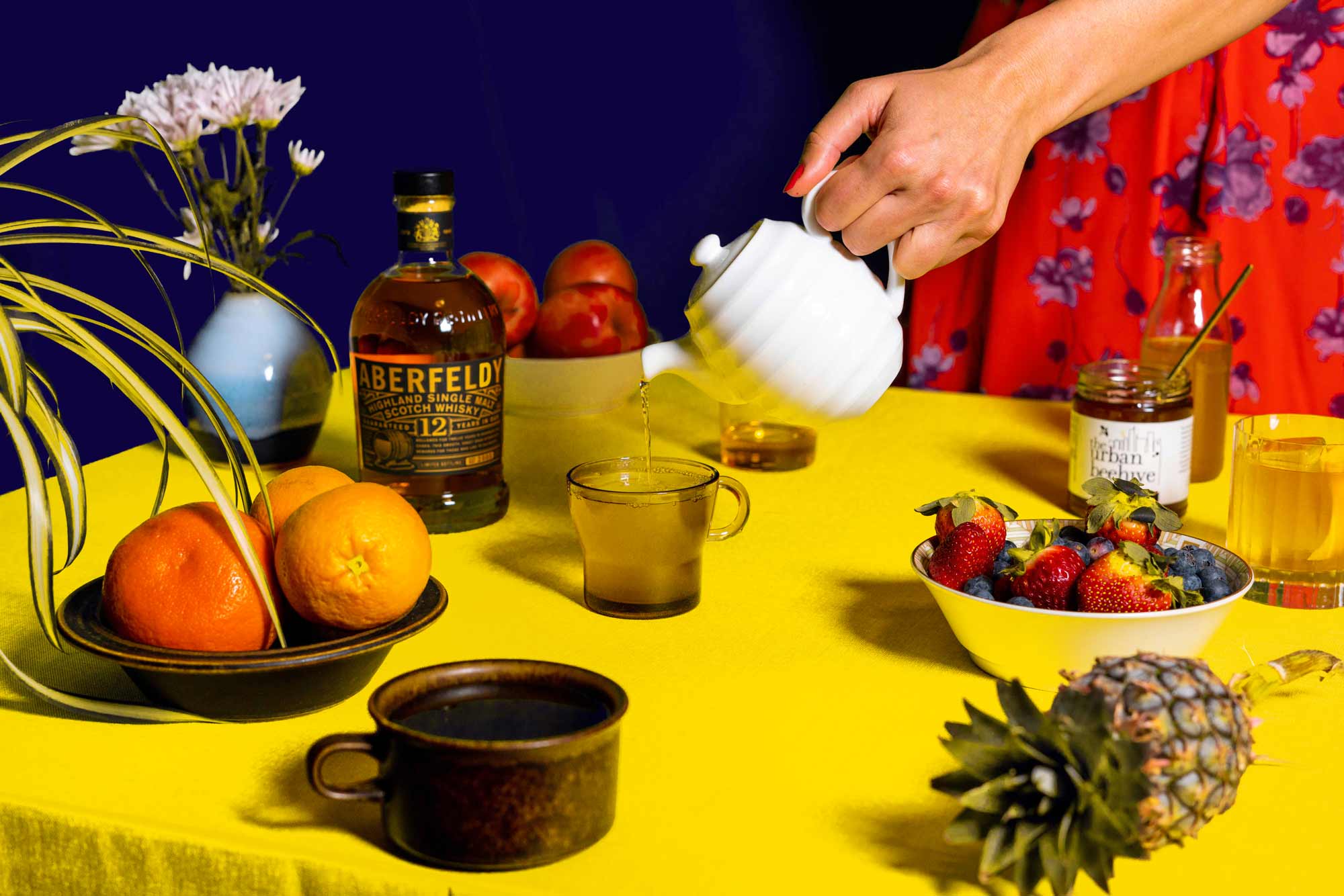
Golden
Hot Toddy
With a quality dram — like Aberfeldy 12 single malt whisky — some local honey, spice, and lemon, this Hot Toddy warms the soul as well your bones.
Australian honey — types and tastes
There really is no limit to the flavours of honey available in Australia — it all depends on where the bees go to get their flower fix. There are however some more common varieties you’ll find gracing the jars on grocers’ shelves.
Monofloral honey
There are around 700 or so native Australian species that the European honeybee will visit and make honey from.
Banksia: There are around 20 of the 170 or so species of banksia that play host to bees; the honeys tend to be dark and intense and come from across the eastern seaboard.
Spotted Gum: Makes a honey that is smooth, mild; the spotted gum is a eucalyptus species endemic to the east coast of NSW, growing from the Bega Valley in the south to Taree in the north.
Stringybark: How do you tell which eucalyptus trees are stringybarks? The clue is in the name. Stringybark honey tends to be darker and richer in flavour.
Blue Gum: This is an all-rounder. Light amber in colour, medium strength in flavour, you’ll find these produced from hives in Tasmania and South Australia.
Yellow Box: Possibly the all-time favourite over the years, Yellow Box honey comes from up and down the east coast and its pale amber, buttery and smooth with a mild flavour.
Leatherwood: Leatherwood honey comes from the old growth forests of Tasmania, and tends to show a strong floral aroma, with spices apparent; it’s creamy in texture and light in colour.
Regional honey
You’ll also see some honey brands labelled as bush honey, or mountain honey — these are typically honeys comprised of honey from an array of different floral sources.
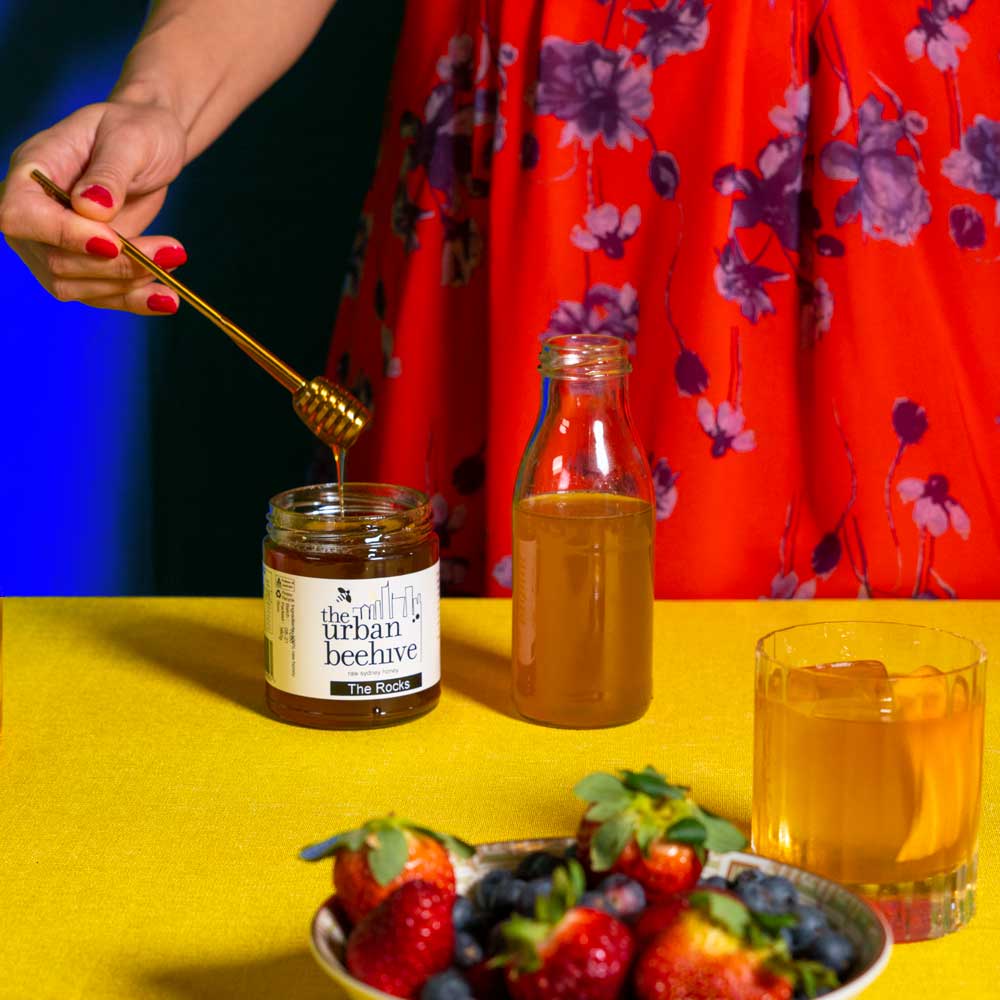
Site-specific honey
Producers like The Urban Beehive sell their honey with a designation based on where its hives are: you can pick up Royal Botanic Gardens from their hives there, as well as honey from The Rocks and a raft of other locations. Melbourne’s Rooftop Honey does the same: whether your allegiances lie either north or south the Yarra, they have a honey for you.
The French term, terroir, tends to be bandied about a lot these days but it has pretty distinct meaning for wine: it’s about the site where the grapes for the wine are grown, the soil, the climate, and the aspect of the vineyard. They’re unique properties that come from a place.
The same can be said for these honeys. The flora that the bees visit, the time of year and the climate will all affect the flavour of the honey, and it won’t taste quite like a honey from anywhere else.
Why bees matter
Bees aren’t just a creature to be swept away or avoided, and they’re not the killers the movie My Girl makes them out to be (they're really not that cruel). Importantly, a healthy and thriving bee population is critical to many of our food systems.
Flowering plants need bees and other insects for the purposes of pollination. Bees feed on the pollen and nectar in flowers, and in the process — they’re quite messy about the whole thing — they get covered in the stuff. When they visit the next flower, some of that rubs off and hey, things get pollinating.
The vital role bees play in our environment is why businesses like The Urban Beehive in Sydney and Melbourne City Rooftop Honey are doing their bit to boost bee populations in our cities and suburbs. Melbourne City Rooftop Honey has beehives in 25 locations around the CBD and in 40 suburbs around Melbourne and The Urban Beehive has their hives across Sydney. This septs to boost both pollination and the genetic diversity of our bees.
Bees are so crucial to the pollination of crops that in some parts of the world, the theft of beehives — driven by the money some people will pay for the bees — is beginning to be a problem.
How to use honey in drinks
There are benefits to using honey in cocktails. For one, honey has a higher level of perceived sweetness than sugar does, which means you can use less for the same hit of sweetness that sugar delivers (which gives it a lower GI than sugar, too). And the type of honey you use will add another dimension of flavour to the drink — see our section here on mono floral honeys to get an idea of the variety of flavours on offer.
And lastly, and probably the best reason to be using honey as a sweetener in drinks: the stuff tastes great.
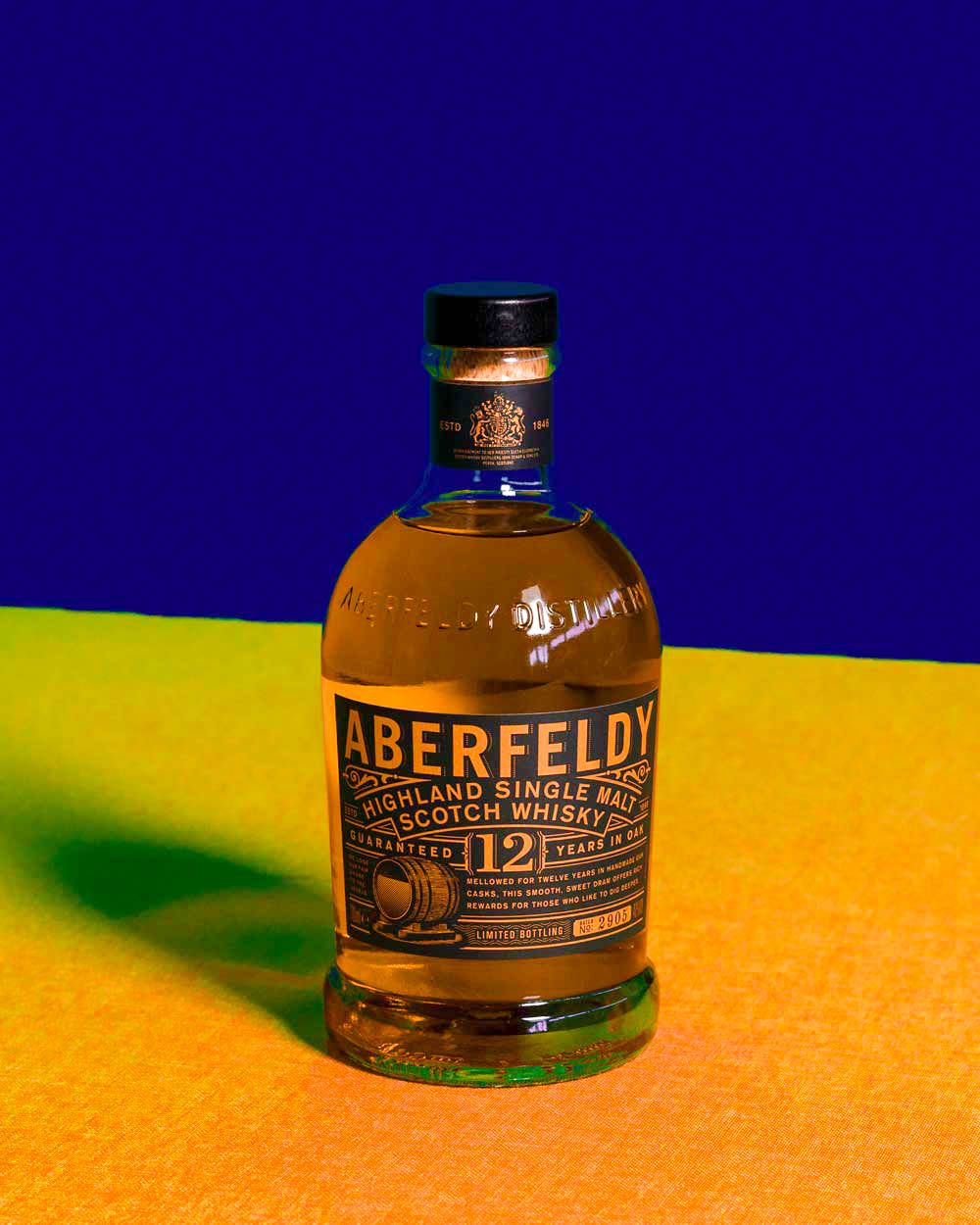
Aberfeldy 12
Aberfeldy 12 hails from the Scottish Highlands, and known for its honeyed and fruit character — one that’s derived from the longer fermentation that goes into making this whisky.
For more information about Aberfeldy, and the Aberfeldy Distillery, click here.
You can buy Aberfeldy 12 here.
Further reading.
